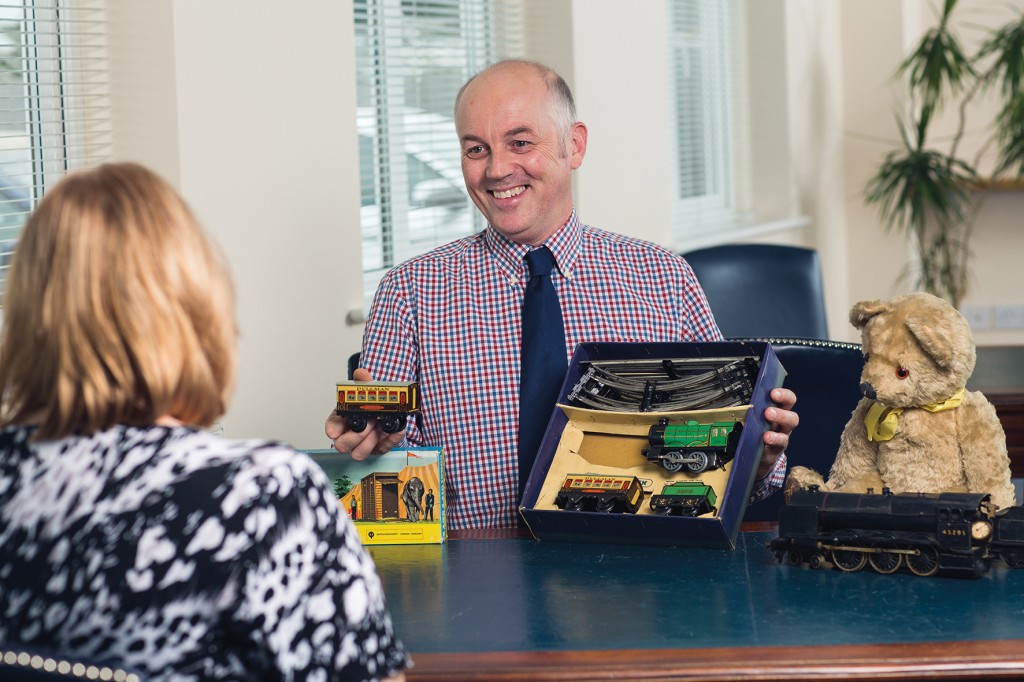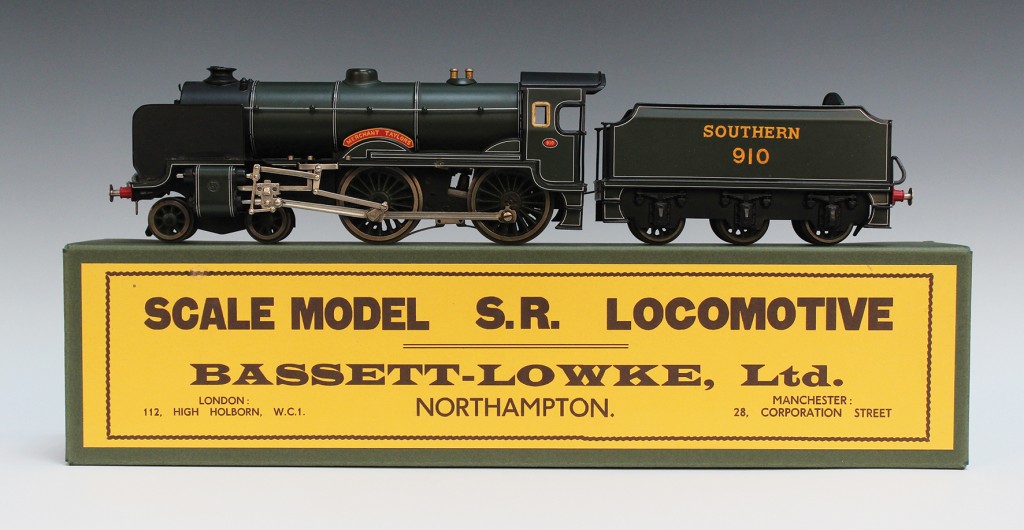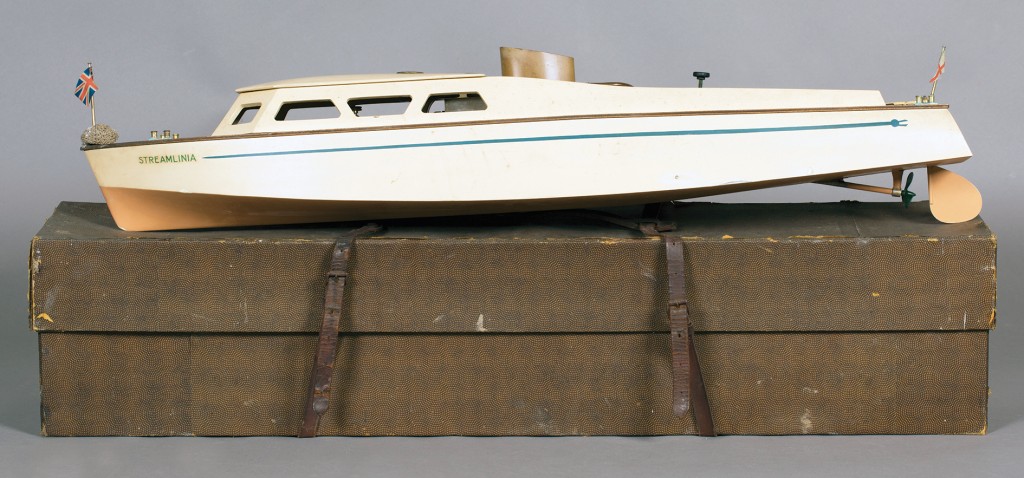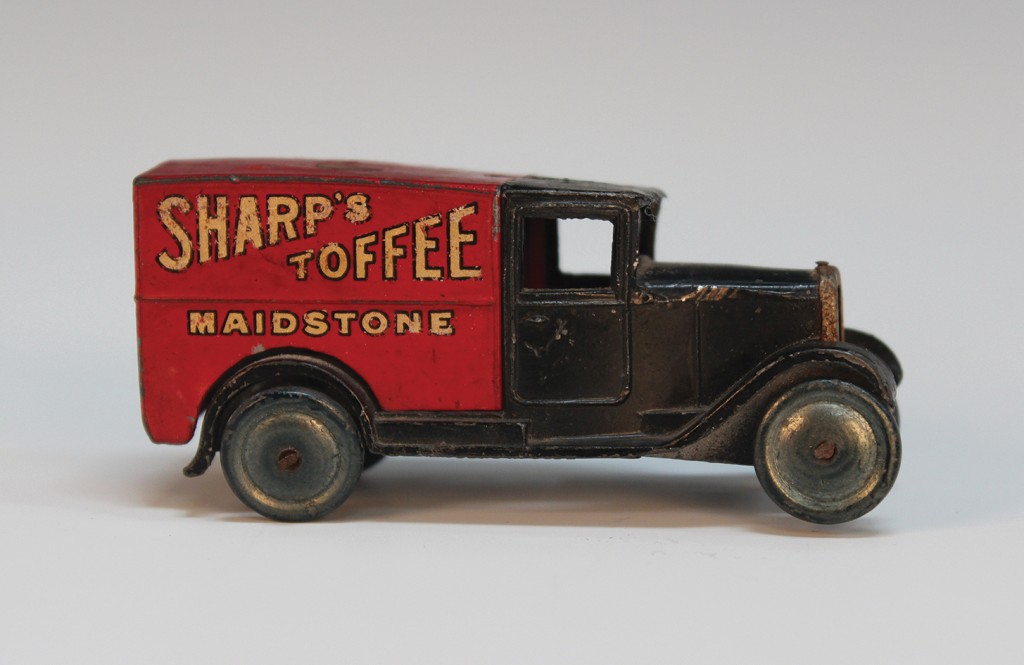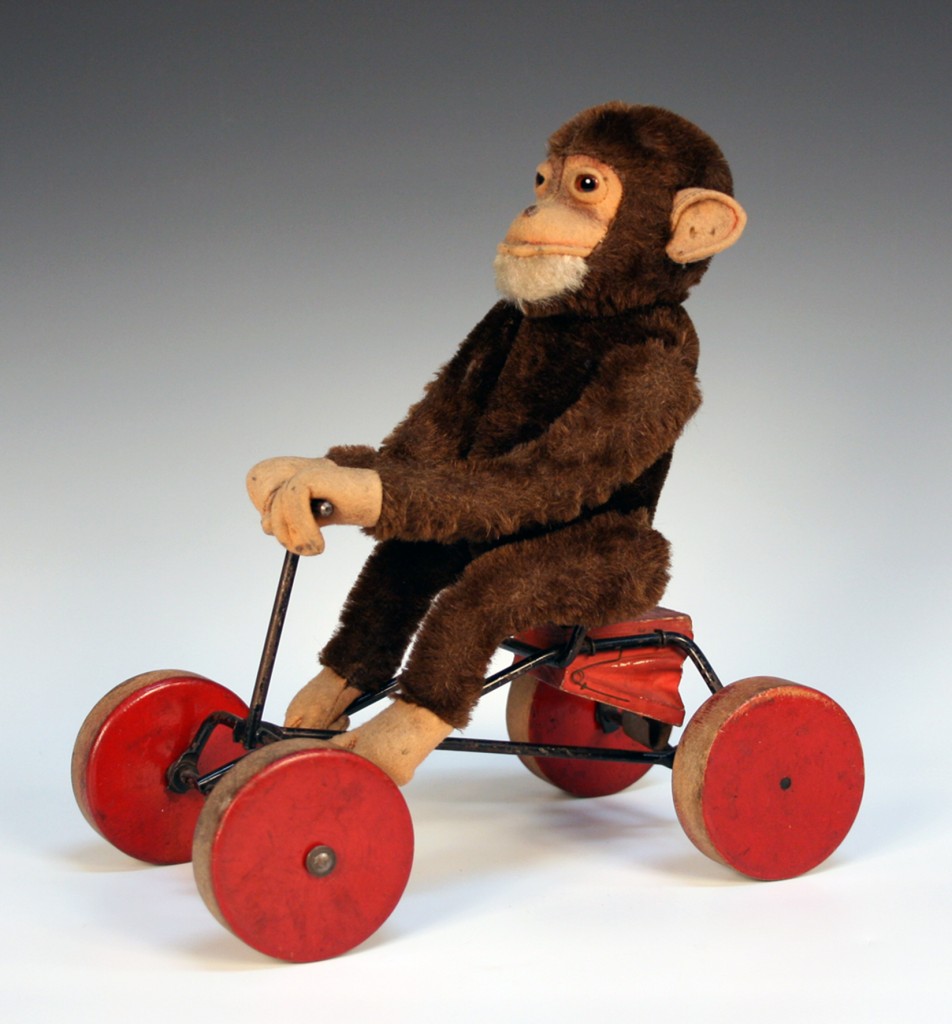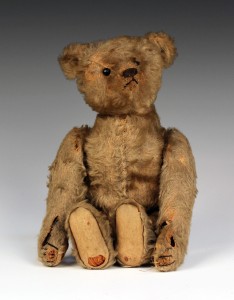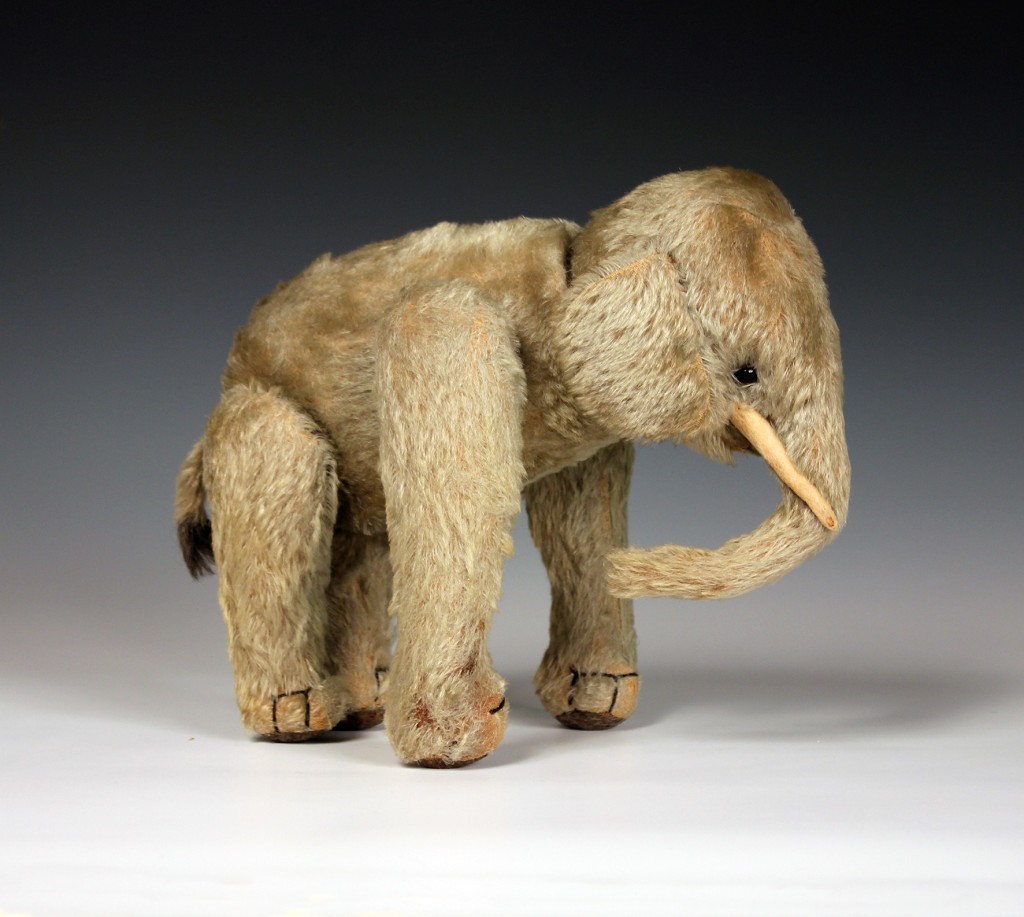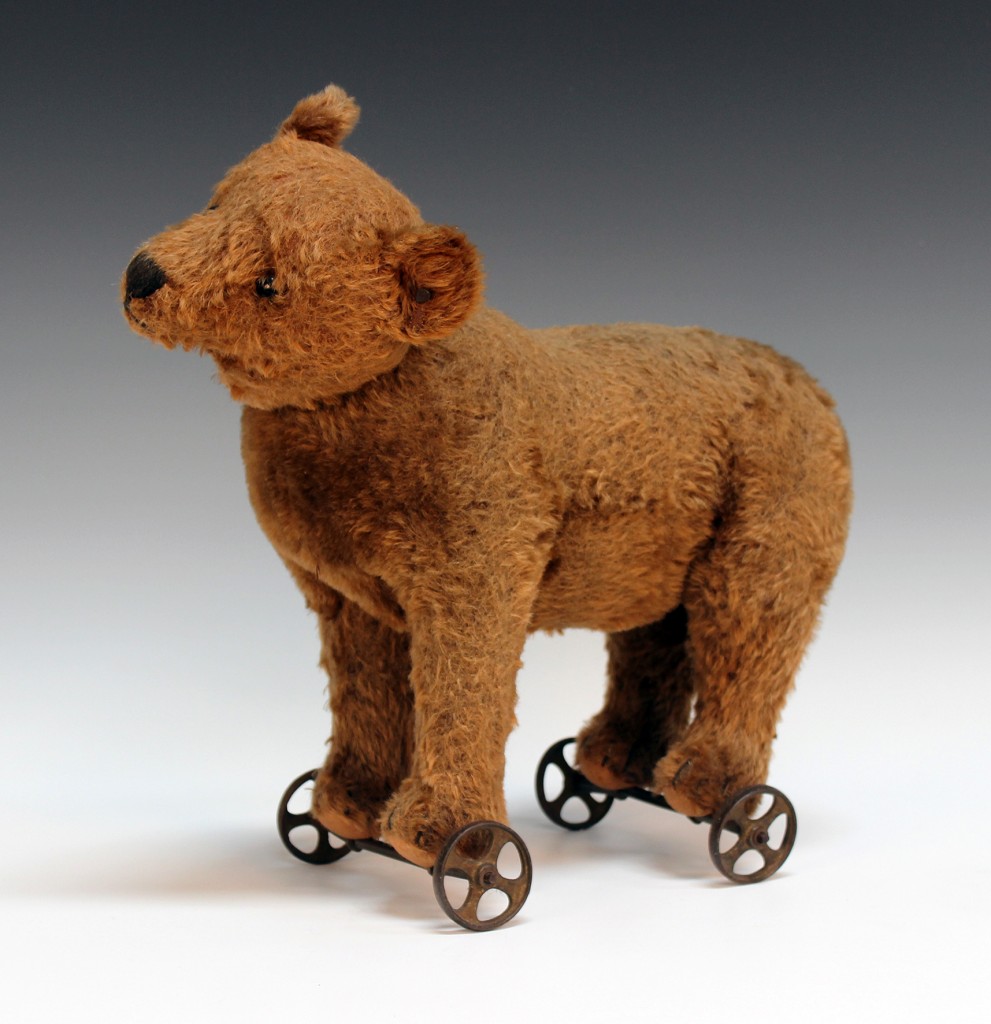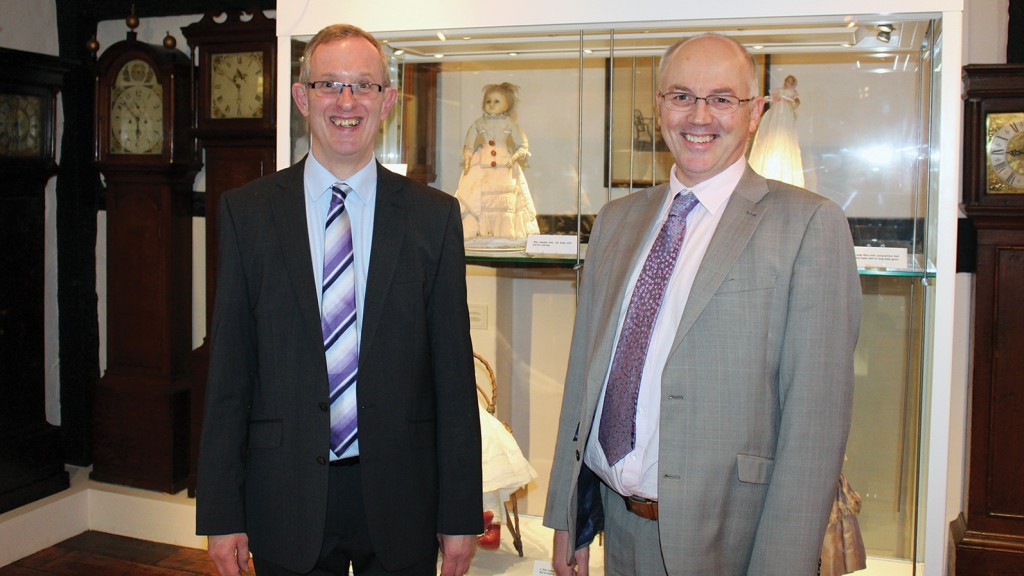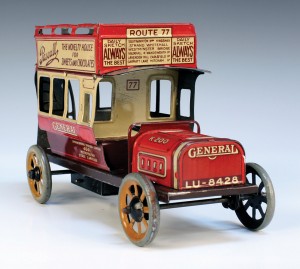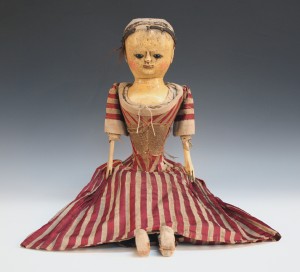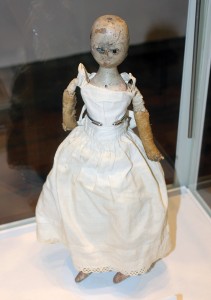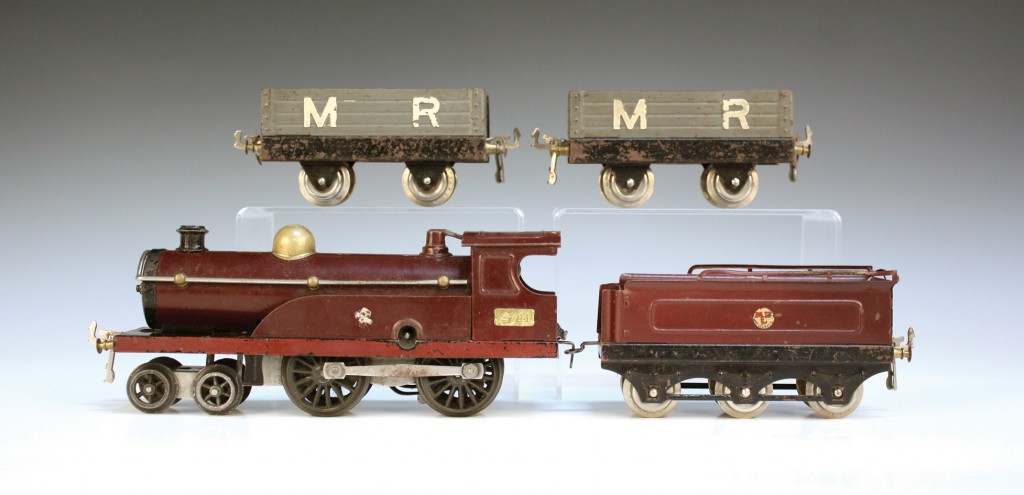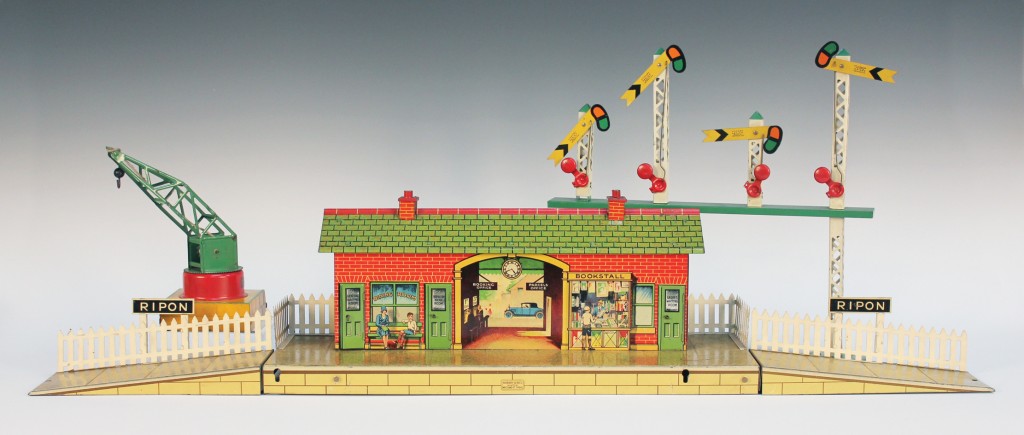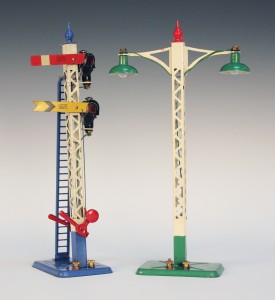
As Christmas approaches, across the county trees are brought in, cakes iced, turkeys ordered and Carols sung. Parents search toy shops and online to find this year’s must have toy. The excitement of receiving a new toy at Christmas has never changed over the generations.
This week I’m in the company of Chris Gale. We have been friends and worked together for some 32 years. Chris, a talented valuer and auctioneer, is also a gifted specialist in collectable toys.
Alongside the Queen’s Christmas message many families will have gathered to watch the Christmas James Bond film.
Our conversation turns to Aston Martins and James Bond. Chris reminisces and says “I saw Goldfinger at the old ABC cinema in Horsham when I was seven or eight years old. A friend of mine had a Corgi Toys James Bond Aston Martin DB5 and I managed to lose the bandit from the ejector seat.”
I remark that beyond their aesthetic appeal people collect toys because they are so evocative of childhood memories, Chris agrees.
On the shelves of the toy department is a Corgi Toys No. 261 James Bond’s Aston Martin DB5 with its diorama box, two bandits and secret instructions which has just sold for £130 in Toovey’s Christmas Toy sale. Chris explains “It was released in October 1965 just over a year after the film Goldfinger, starring Sean Connery and the Aston Martin DB5, was released. The reason for the gold finish on the car was that whilst Corgi had gold paint the silver hadn’t been developed. They sold more than 100,000 in only the first few weeks and they made nearly four million of them.”
Chris reveals how Corgi Toys was owned by Mettoy. It came into being in 1956. The Corgi range was produced in Swansea, hence the Welsh Corgi dog logo and name.
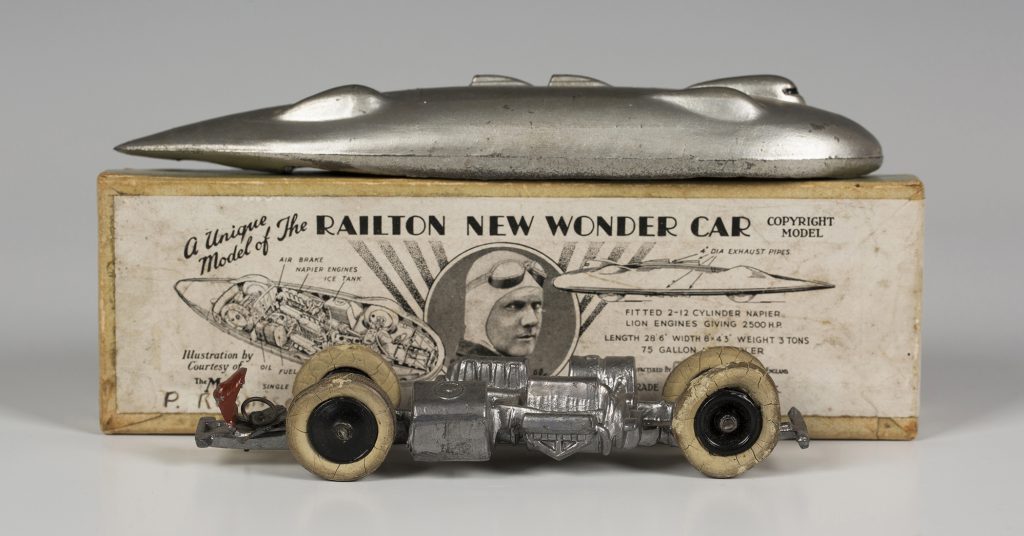
But children of earlier generations also delighted in toy cars and planes. Chris shows me a beautifully made Britains No. 1656 Railton New Wonder Car with separate chassis and its original box which made £220. Chris puts the toy into context “John Cobb’s Railton won the Land Speed Record three times over many years in competition with Captain George Eyston’s Thunderbird.”
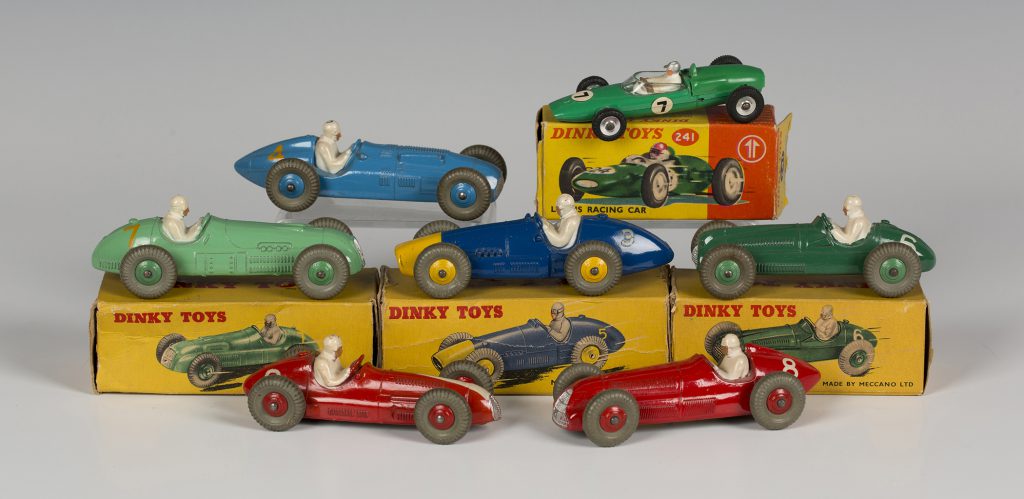
Chris shows me a collection of Dinky post-war racing cars which have just realised £220 and comments “After the Second World War people wanted to get back to motor racing and Dinky toys were not far behind them with this range of model racing cars. Here you have some of the most famous racing marques of the era including a Cooper-Bristol, an HWM, a Ferrari, an Alfa Romeo, a Talbot Lago and a Lotus.”
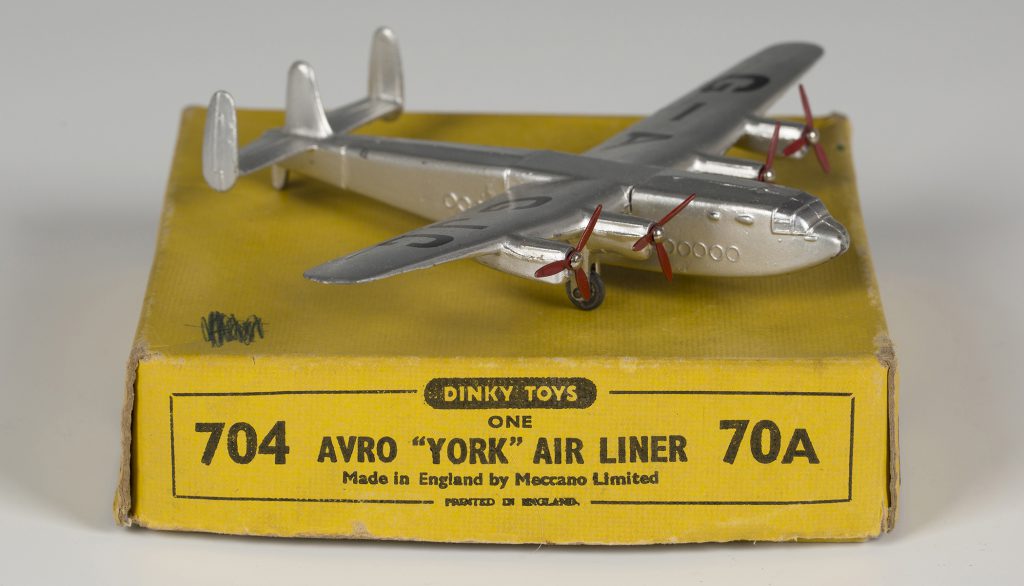
Finally we turn to the Dinky Toys No. 704 Avro York air liner ‘G-AGJC’ from 1946 which, with its box, made £75. Chris describes how this plane was part of a large range produced by Dinky Meccano before and after the war.
Chris Gale already has some exciting entries for his next specialist Toy sale to be held at Toovey’s on Tuesday 21st March 2017. If you would like Chris’ advice email auctions@tooveys.com or telephone 01903 891955.
No doubt these toys are going to make some grown-up boys and girls very happy this Christmas. Best of luck with your Christmas shopping!
By Rupert Toovey, a senior director of Toovey’s, the leading fine art auction house in West Sussex, based on the A24 at Washington. Originally published in the West Sussex Gazette.
